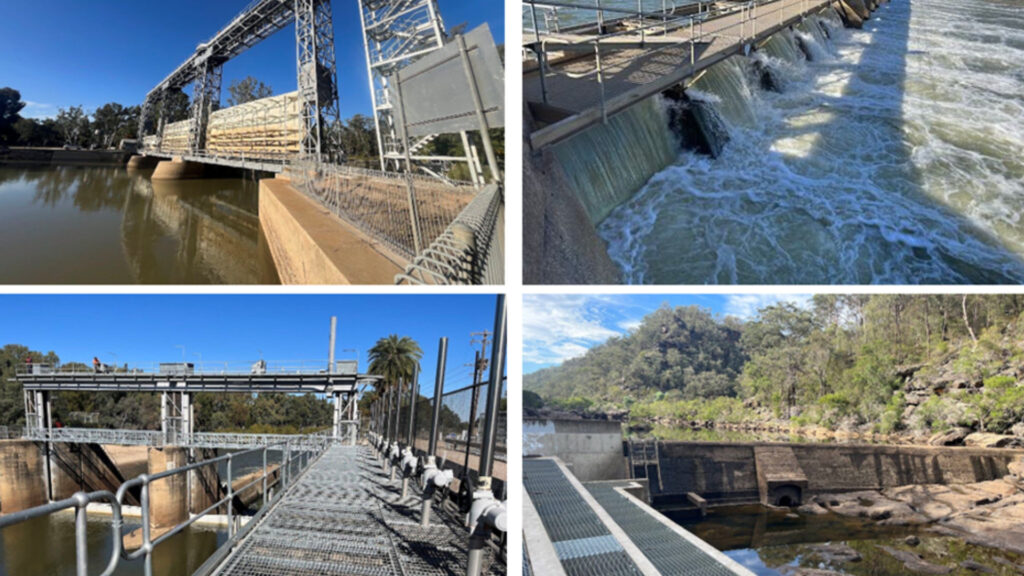Following on from a successful operational risk assessment carried out on Warragamba Dam, HARC was then subsequently engaged by WaterNSW to carry out operational risk assessments for 27 of its critical river structures in the Greater Sydney/ Hawkesbury – Nepean, Gwydir, Namoi, Macquarie, Lachlan, Murrumbidgee and Murray valleys. The key objective of the project was to enhance WaterNSW’s risk informed decision making (RIDM) at it’s critical river structures by establishing a baseline operational risk profile at the asset and portfolio levels and to identify and prioritise risk reduction measures.
Operational risk in water infrastructure refers to the potential for loss or disruption arising from asset degradation, failure or mis-operation due to failures in day-to-day processes, systems, human factors, or external events that affect the reliable delivery, control, or safety of water services. These risks can occur in any critical infrastructure system including major dams and bulk water infrastructure such as weirs and pipelines, and can impact asset integrity, personnel and public safety, service continuity, water quality, environmental outcomes and regulatory compliance, amongst a range of factors.
Key sources of operational risk include:
- Asset deterioration or failure: Ageing infrastructure, lack of maintenance, or undetected deterioration.
- External disruptions: Natural hazards (e.g. flood, fire, earthquake), supply chain issues, or third-party interference.
- Human error: Inadequate training, procedural lapses, or poor communication.
- Control system issues: SCADA/PLC faults, cybersecurity breaches, or automation failures.
- Process failures: Ineffective operating procedures, inadequate emergency response plans, or incorrect asset data.
- Governance and management issues: Inadequate risk management, incompatible policy settings for operational needs, funding limitations.
Managing operational risk involves a systematic approach to hazard identification, risk assessment, and the implementation of multi-dimensional risk reduction measures such as monitoring, redundancy, scheduled maintenance, operator training, and emergency preparedness.

